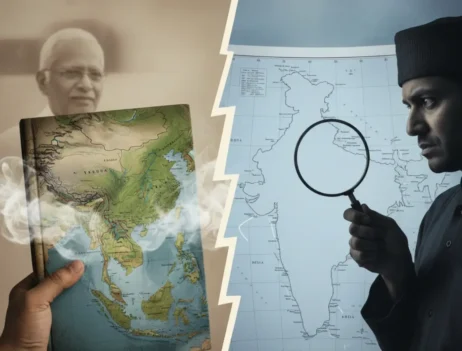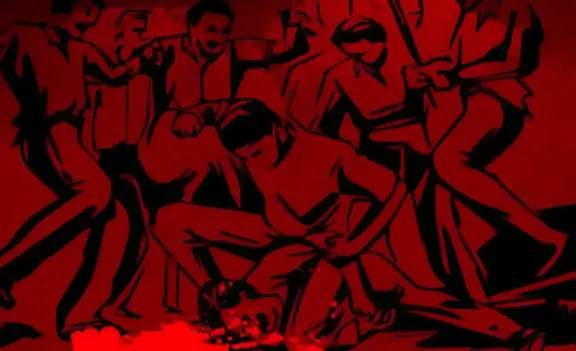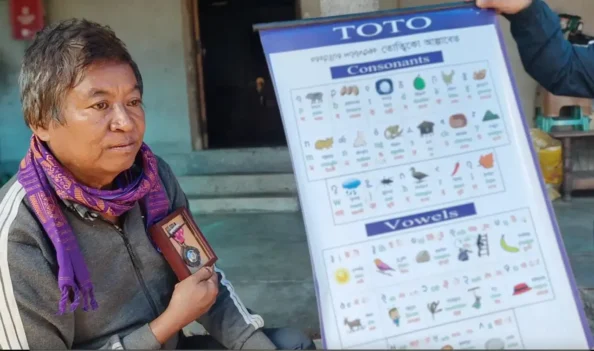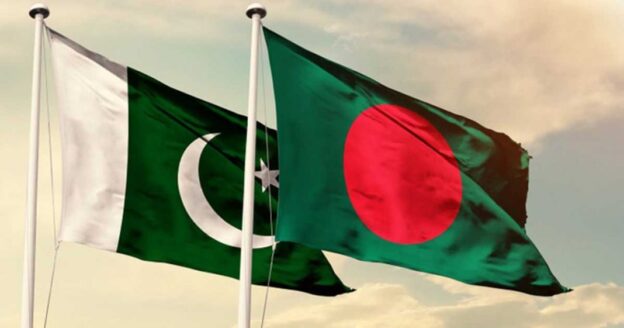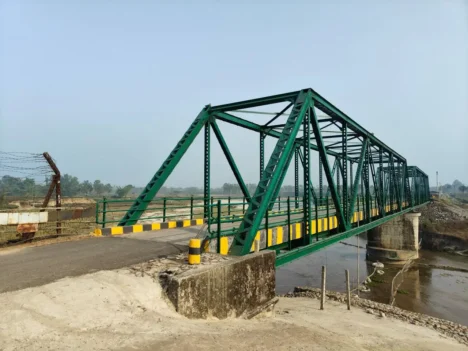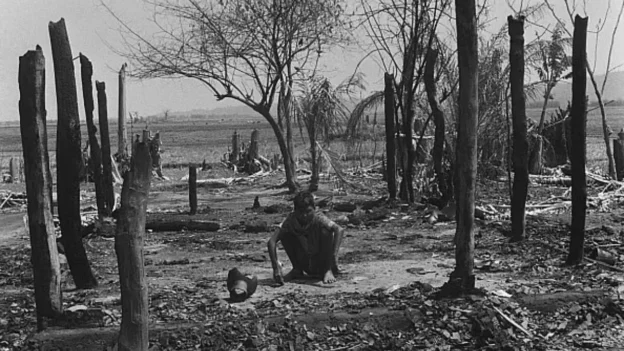In a development laden with political symbolism, Thuingaleng Muivah, the 91-year-old General Secretary of the National Socialist Council of Nagalim (Isak-Muivah), or NSCN-IM, made a rare visit to Manipur after six decades. His return comes at a time when Manipur continues to grapple with three years of ethnic conflict between the Kuki and Meitei communities.
Muivah’s visit to his native village in Ukhrul district on October 22 and later to Senapati on October 29 marks a significant moment in the long and fraught Indo-Naga peace process. The NSCN-IM has been in talks with the Government of India since 1997, but the negotiations remain deadlocked over two key issues: a separate Naga flag and constitution, both of which New Delhi has refused to concede.
A historic visit and its timing
No top NSCN-IM leader has been allowed into Manipur for the past sixty years. Muivah’s presence in Ukhrul and Senapati, along with senior leaders V.S. Atem, R.H. Raising, and Anthony Shimray, who arrived by helicopter, suggests that New Delhi may be recalibrating its approach.
Observers see this as a possible attempt by the Government of India to redirect the political discourse in the state, where the prolonged Kuki–Meitei conflict has deeply polarized society. By allowing Muivah’s visit, Delhi may be seeking to revive the Naga peace process and shift attention toward a broader settlement involving Greater Nagalim, which envisages the unification of all Naga-inhabited areas across Nagaland, Manipur, Assam, and Arunachal Pradesh.
The Senapati rally: A show of unity
The public rally held on October 29 at Tahamzam, Senapati district, organized by the United Naga Council (UNC), drew a massive turnout.
Senapati’s proximity to the conflict-torn Bishnupur and Churachandpur districts underscores the political weight of the event. The rally adopted three key resolutions reaffirming Naga political aspirations: reaffirming the NSCN/GPRN’s collective leadership to represent Naga interests in ongoing political talks with the Government of India; calling for an honourable and acceptable resolution to the Indo-Naga issue based on the 2015 Framework Agreement; and asserting unity and solidarity among all Nagas in their pursuit of self-determination and a shared future.
These resolutions, echoing long-standing Naga demands, reinforce the NSCN-IM’s commitment to a “unique Naga history and identity” and its vision of Nagalim — a unified Naga homeland.
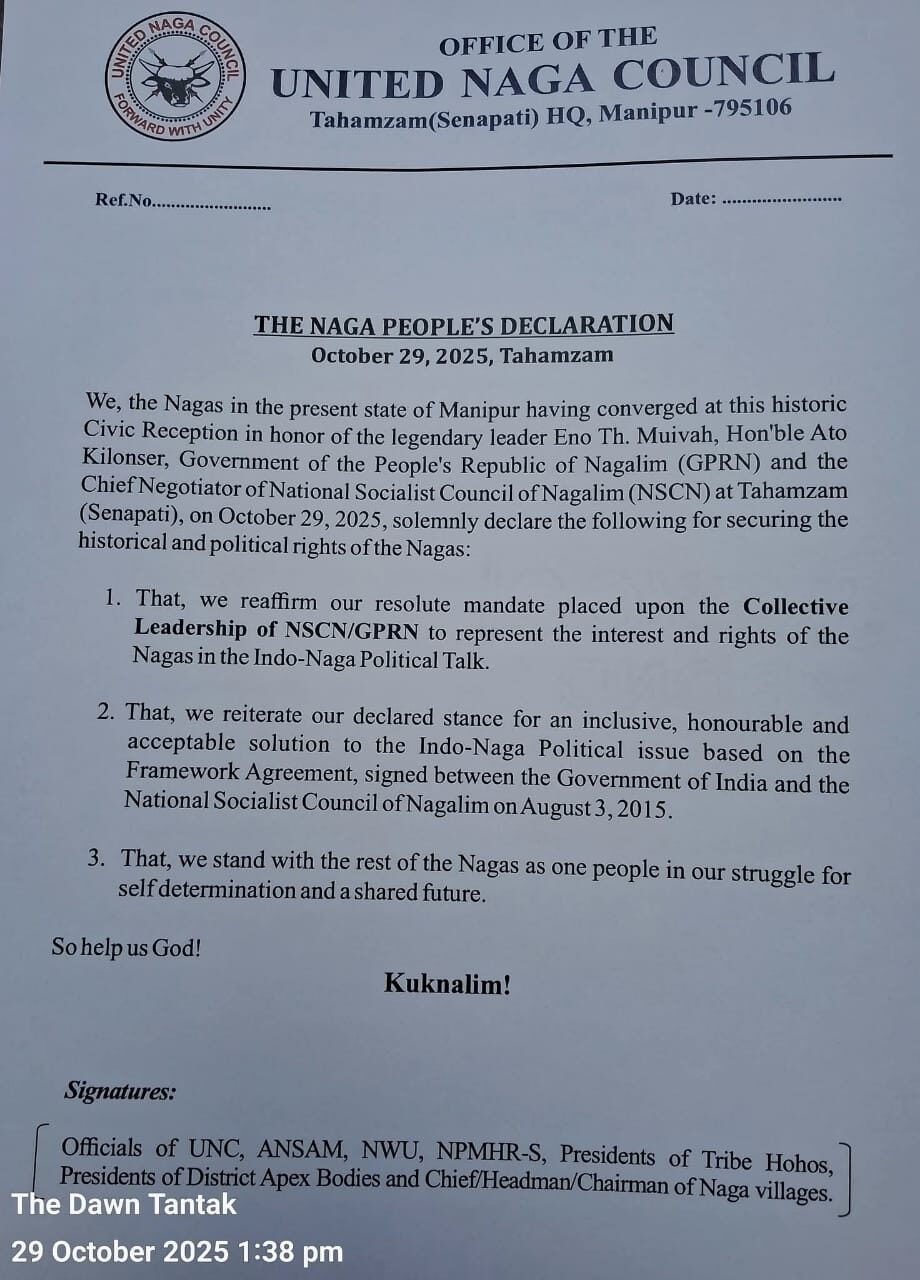
Muivah’s message: Resolve and warning
Addressing the gathering, Muivah reiterated that the Naga flag and constitution are “non-negotiable.” He warned that the NSCN-IM was prepared to “face challenges both at the negotiating table and in the battlefield” if India failed to honour the 2015 Framework Agreement.
This firm stance comes amid frustration within Naga civil society over the prolonged impasse. Many have accused both the NSCN-IM and the Government of India of lacking political will to bring closure to the 28-year-long peace process.
The peace talks: Deadlocked but alive
The Framework Agreement, signed on August 3, 2015, was initially hailed as a breakthrough, though its details remain undisclosed. The NSCN-IM maintains that the accord implicitly recognizes Naga sovereignty, while the Government of India insists it operates within the Indian Constitution.
In contrast, the Naga National Political Groups (NNPGs) — a coalition of seven Naga factions — signed an Agreed Position with the Centre in 2017, without seeking talks outside the Indian constitutional framework. This dual-track negotiation has complicated efforts toward a final settlement.
The absence of a full-time interlocutor since 2021 and the Centre’s silence on key demands have drawn criticism from Naga leaders and Members of Parliament alike.
Political implications in a fractured Manipur
Muivah’s return to Manipur after sixty years in exile and rebellion carries symbolic and strategic undertones. The government’s tacit approval for his visit may indicate a renewed political experiment — to re-engage the Naga narrative as a counterbalance to the volatile Meitei–Kuki conflict.
For the Nagas of Manipur, numbering around eight lakh, the visit rekindles aspirations for self-determination. Yet, it also reopens sensitive debates over territory and identity, particularly in a state already fractured by ethnic divides.
Whether this moment marks a genuine thaw in the Indo-Naga deadlock or a tactical manoeuvre in the Northeast’s shifting political landscape remains to be seen. But Muivah’s homecoming, six decades after leaving Manipur, has undeniably added a new dimension to the region’s complex web of conflicts and negotiations.


